Sustainable Organic Proton Batteries Maintain Good Performance at Low Temperature
Sustainable Organic Proton Batteries Maintain Good Performance at Low Temperature
A team of scientists at Uppsala University in Sweden developed a proton cell based on rich organic materials. They suggested that the battery can be charged in a few seconds and can be cycled more than 500 times without significant capacity loss even when operating at low temperatures.
With the demands for energy-storage solutions now increasing, there is significant research being done in improving battery performance and reducing environmental pollution during the manufacturing process.
In the foreseeable future, lithium-ion polymer batteries are expected to continue to become mainstream energy storage solutions. Many studies in the field of energy storage are currently focused on alternative materials and chemistries of lithium-ion batteries and other metal-ion batteries. But in addition to this, there are many alternative types of non-metal ions: proton batteries represent better performance and are newer and less explored areas.
Scientists at Uppsala University in Sweden prefer to study proton batteries because their design may not rely on rare, expensive or problematic materials.
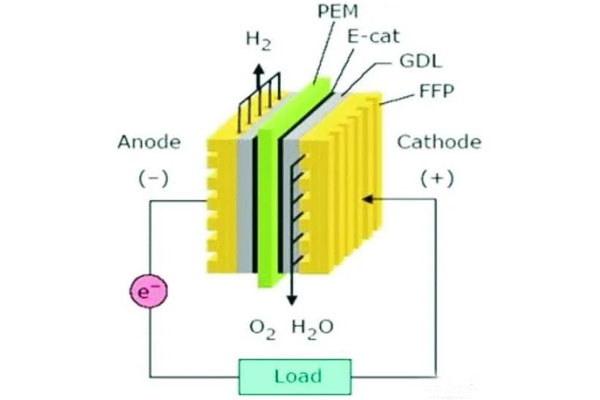
Christian Strietzel from the university explained that many batteries manufactured today have significant impact on the environment mainly due to the mining of metals used in the batteries. The starting point is to develop a battery made of common elements in nature, which can be used to manufacture organic battery materials.
This proton battery is described as an all-organic proton battery for sustainable energy storage, and related articles were published in the Journal of Applied Chemistry. The research team used two organic molecular groups (quinone and thiophene) as electrode materials and used acidic aqueous solutions as electrolytes.
The battery can be charged at a constant voltage and reaches a maximum capacity of 60 mAh per gram in 100 seconds, which makes it an ideal choice for integrated PV installations. After 500 cycles, the battery still retains 85% of its initial performance, and shows that these good characteristics can still be maintained at a temperature of -24 °C.
Scientists suggest that there is still a lot of development work to be done before the battery becomes a household product. However, the proton batteries they have developed have taken a big step towards making sustainable organic batteries in the future.
However, it appears that Grepow low-temperature batteries are sufficient for use in low-temperature environments and can already be produced in large quantities.
Low-temperature Battery Specification
Chemistry | Lithium Polymer (LiPo) | |
Operating Temperature | -50℃ to 50℃ | -40℃ to 50℃ |
Cell Type | Pouch Cell | Pouch Cell |
Nominal Voltage | 3.7V | 3.2V |
Low-Temperature Charging Performance | -20℃ (0.2C) | 0℃ |
Discharge Performance | The discharge current at 0.2C is over 60% efficiency at -50℃, over 80% efficiency at -40℃, around 80% efficiency at -30℃. | The discharge current at 0.2C is over 85% of initial capacity at -20℃, 85% at -30℃, around 55% at -40℃. |
Dimensions | Customizable | Customizable |
See more low-temperature battery instruction to the link: https://www.grepow.com/low-temperature-battery.html
Related Articles
-
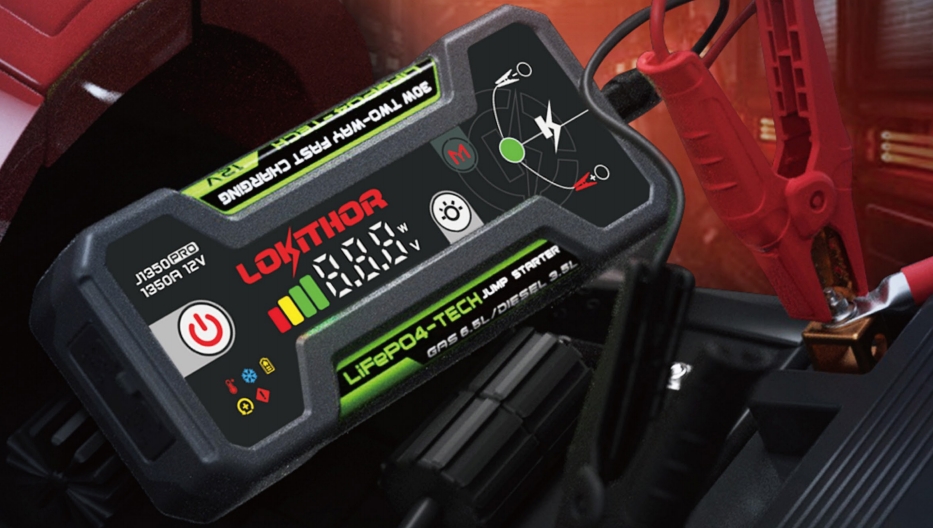
The Ultimate Guide to Grepow Jump Starter
2025-03-27 -
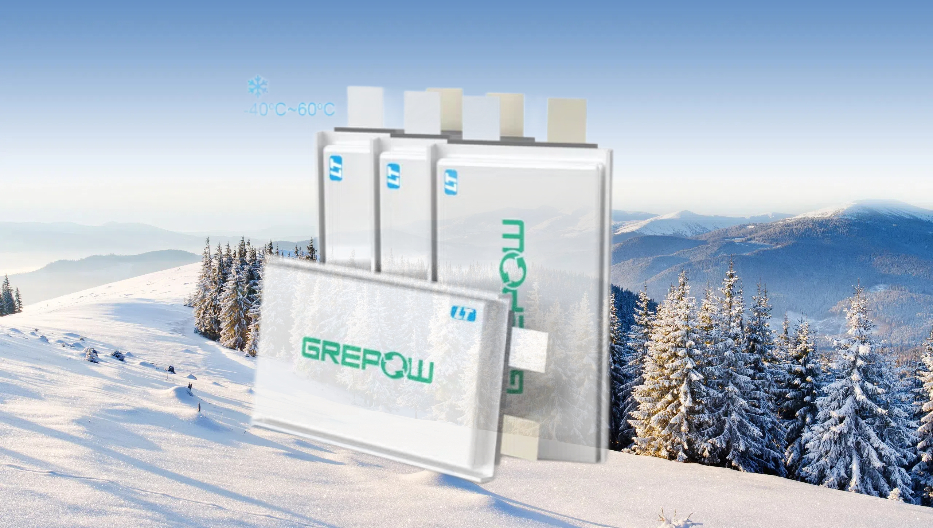
How to Choose Lithium Batteries for Cold Weather?
2024-09-19 -
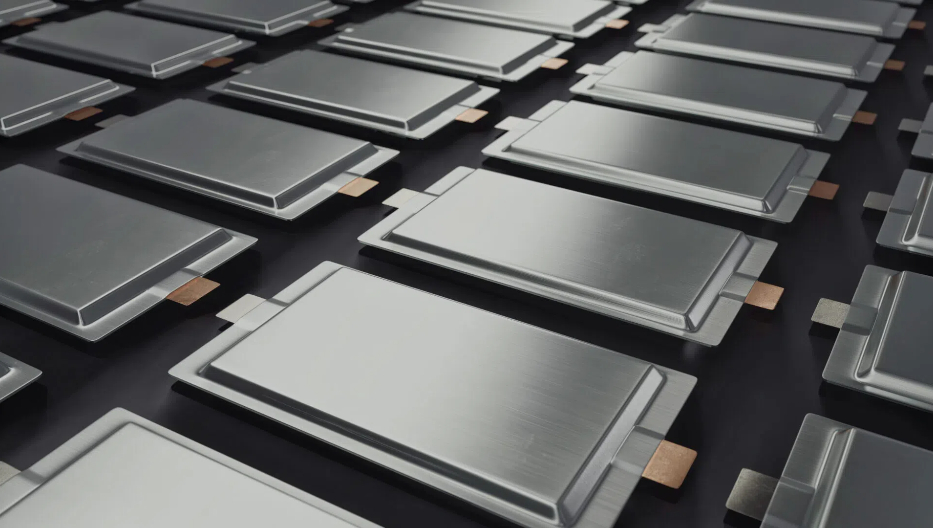
Next-Generation eVTOL Battery Technology
2024-08-22
Related products
-
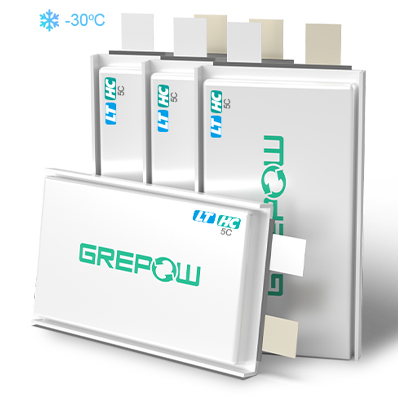
-30℃ 5C Low-Temperature High Discharge Battery
-
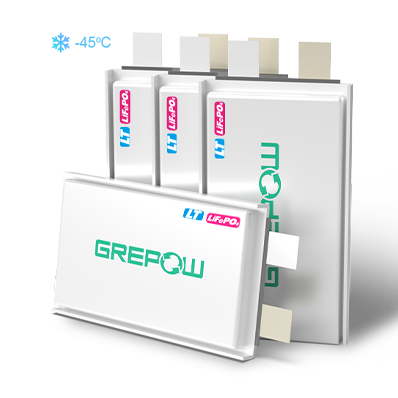
-40℃ Low Temperature LiFePO4 Battery
-
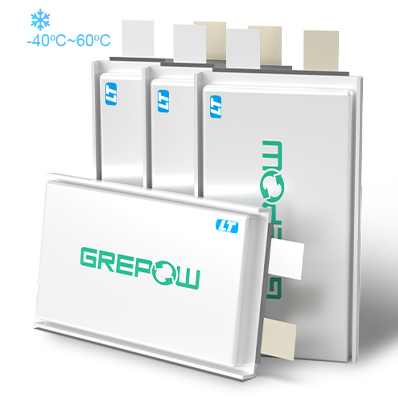
-40℃ to 60℃ Low Temperature Lipo Battery


















































